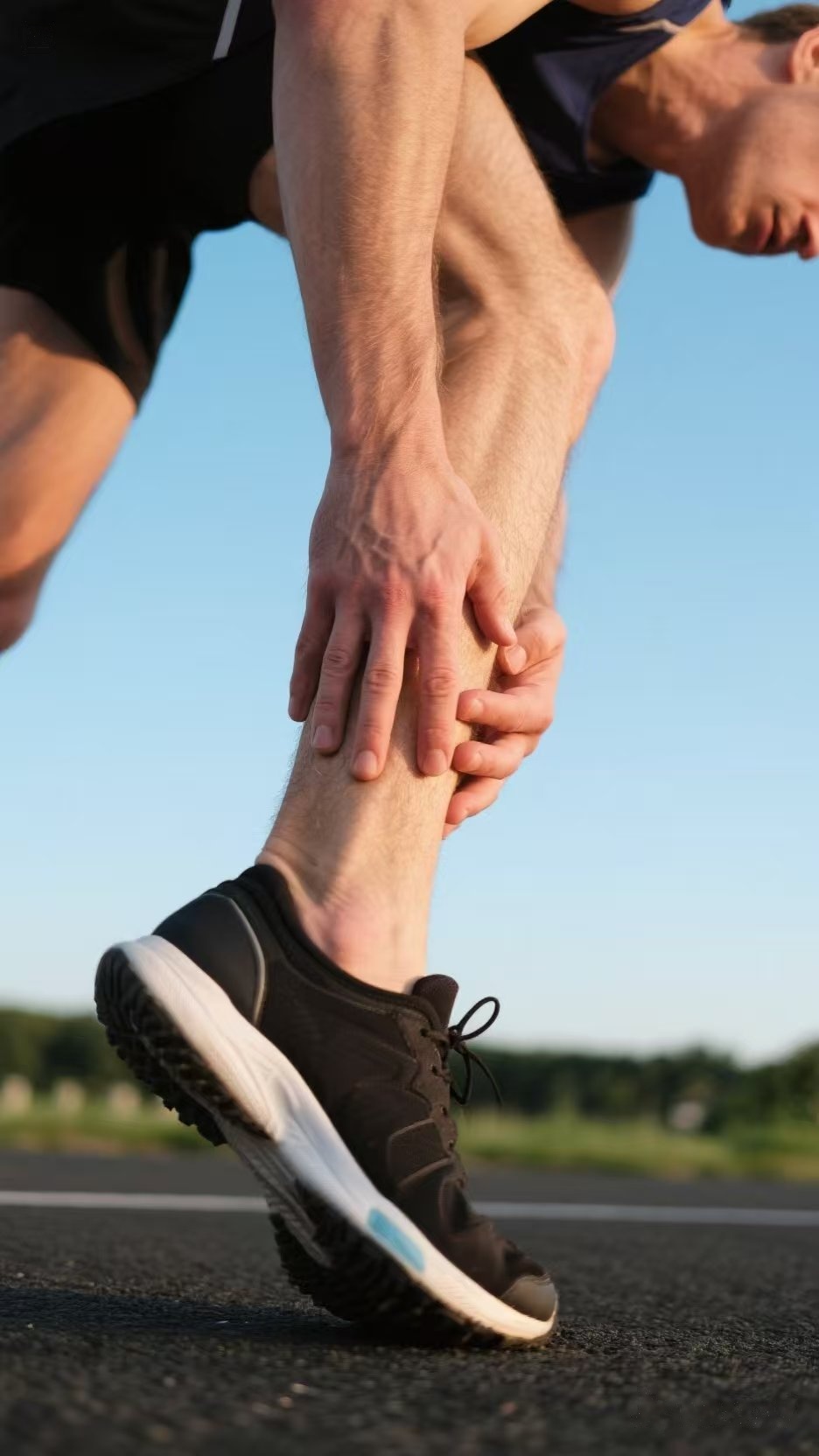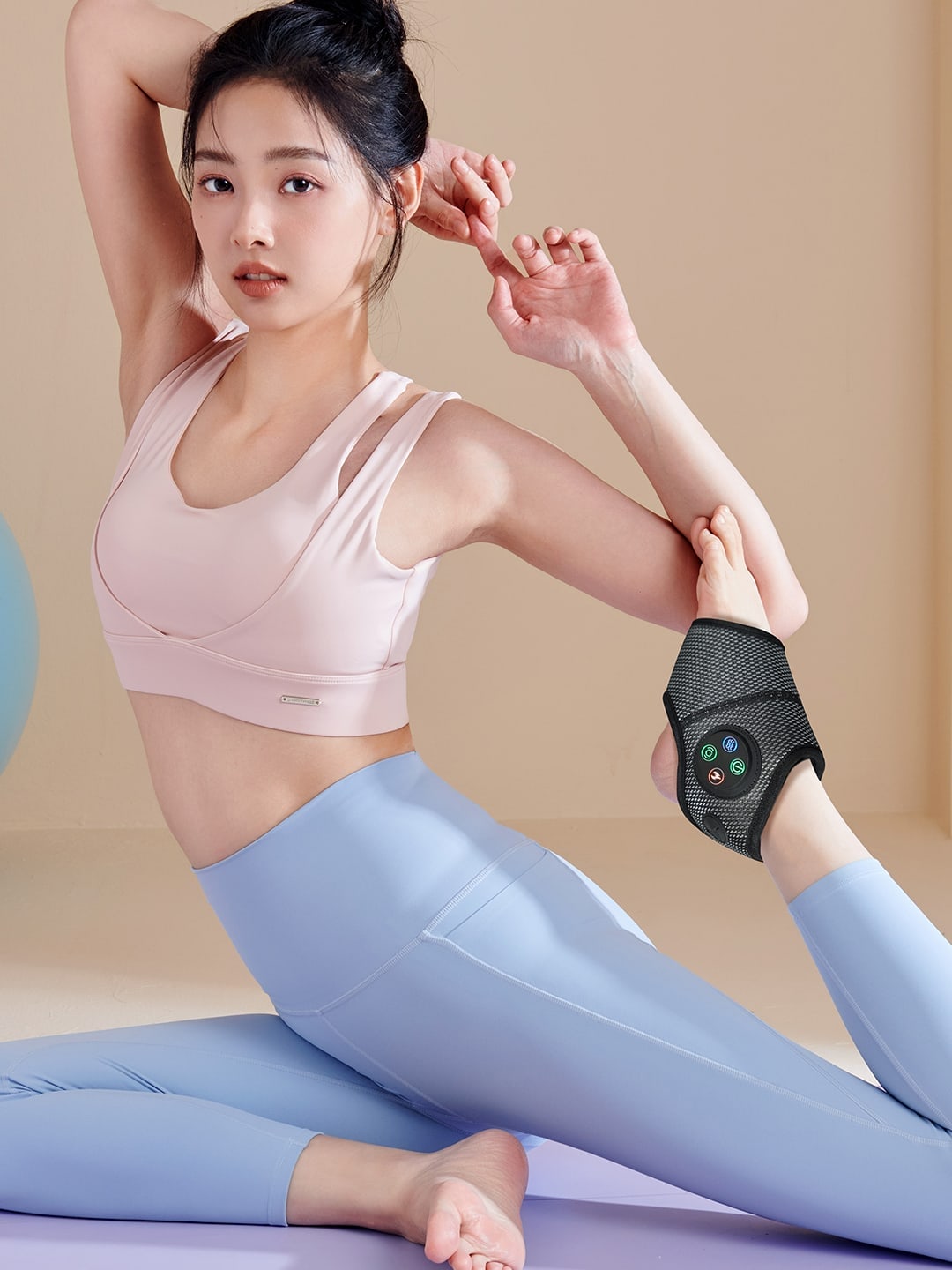Foot Massager Made My Plantar Fasciitis Worse? (Singapore Story)
- By Grace
- Updated on
Many of us, especially if you’re a fitness enthusiast in Singapore, have felt that nagging ache in our feet. Maybe your ankles hurt after a run, or you feel a sharp pain near your heel. It's a common story that often leads to a diagnosis of plantar fasciitis – a real pain, literally!
When you're dealing with this kind of discomfort, the idea of a soothing massager can seem like a godsend. You imagine sinking your tired feet into blissful relief. But here's the kicker: I’ve heard many stories, from Jurong West to Tampines, of people trying a new device for their plantar fasciitis and, surprisingly, ending up in worse pain. So, what’s the real deal? Can these machines truly offer relief, or are they a double-edged sword?
Understanding the Battleground: What is Plantar Fasciitis?
Before we dive into massagers, let's get a clearer picture of what we're up against. Plantar fasciitis isn't just generic foot pain; it's the inflammation of the plantar fascia, a thick band of tissue running along the bottom of your foot. Think of it as a bowstring supporting your arch. When this gets overworked from things like running or standing for long periods, it can become irritated and inflamed.
This irritation usually feels like a sharp, stabbing pain near the heel, often at its worst with the first steps in the morning. For many active people, it’s that frustrating ache that just won't quit. Knowing this helps explain why just pushing hard on the painful spot might not be the best idea.
The Science Behind Massage for Foot Pain
So, how does a massage actually help? The main idea is that it can improve blood circulation to the sore area. Better blood flow brings in nutrients and helps flush out waste products that contribute to inflammation. It’s like clearing a path for healing.
Secondly, massage helps relax tight muscles, not just in the foot, but also in the calves and hamstrings. As someone who often works with tired muscles, I find this really important. Tight calves can pull on the heel and add tension to the plantar fascia. By gently releasing this tension, you reduce the strain. Many modern massagers try to replicate these benefits with features like air pressure, heat, and vibration.
The Potential Benefits for Your Feet
When you use it the right way, a massager can offer some real benefits. For many, myself included, the immediate sense of relaxation is undeniable. The warmth from heat functions can be particularly soothing for aching muscles, and gentle vibration can help dial down the pain signals. I've heard from people in Tampines who found considerable relief, emphasizing that it helped them manage their daily discomfort.
Beyond immediate comfort, regular, gentle massage can help improve flexibility in your foot and ankle. While a machine isn't a cure-all, it can be a valuable tool in your pain management toolkit—a supporting player rather than the star of the show.
Choosing and Using a Massager Safely
This is where things get serious, especially after hearing those stories from Jurong West about pain getting worse. The truth is, for plantar fasciitis, aggressive pressure on the inflamed spot can be like rubbing sandpaper on a wound. Even the best device needs a gentle approach.
When you’re looking for a machine, I always suggest finding one with adjustable intensity. Some ergonomically designed massagers, like the KLCOSY, come with features like air pressure for a gentle squeeze, heat, vibration, and even red light therapy, giving you more control than just aggressive rollers pressing into your heel.
- Start Gently: Always begin with the lowest setting. Your goal is comfort, not more pain.
- Focus on Supporting Muscles: Instead of directly massaging the acutely painful heel or arch, guide the massage to your calves and shins. Tightness there contributes to the problem.
- Limit Session Duration: Keep sessions short, maybe 5 to 10 minutes at a time. Overdoing it can increase inflammation.
- Listen to Your Body: If something hurts more, stop. That's your body telling you to back off.
- Combine with Other Therapies: A massager is a supplement, not a solution. Pair it with targeted stretches, strengthening exercises, and consider professional advice.
When to Seek Professional Help for Persistent Pain
While a massager can be a helpful comfort tool, it has its limits. If you've been consistent with gentle use and other home remedies but your foot pain isn't improving (or it's getting worse), then it's time to see a professional. Self-treatment can only go so far.
A qualified physiotherapist or podiatrist can accurately diagnose the root cause of your pain. They can provide tailored exercises, manual therapy, and possibly suggest custom orthotics to support your arch. Sometimes, the best relief comes from a pair of inserts recommended by a pro!
Conclusion: A Tool, Not a Miracle Cure
So, can a massager help your plantar fasciitis? Yes, it absolutely can, but it's not a standalone miracle cure. The key is using it mindfully as part of a broader recovery plan. Over-massaging or being too aggressive can backfire and worsen the pain you're trying to fix.
Combine gentle massage with stretching, strengthening, and don’t hesitate to consult a professional. Your feet work hard for you, especially if you love to stay active; they deserve a smart approach to healing. Finding that balance is the real path to lasting relief.
Frequently Asked Questions
What are the common mistakes Singaporeans make when using foot massagers for plantar fasciitis?
Many people apply too much pressure directly on the inflamed heel, thinking more force means more relief. This often makes the inflammation worse. Another mistake is using the device for too long or too often. Forgetting to also address tight calves, a major contributor to the problem, is another missed opportunity.
Where can I find a good physiotherapist in Singapore for plantar fasciitis?
You can start by asking for a referral from your GP. Many community centers also have links to allied health professionals. Online directories for certified physiotherapists in Singapore are another great resource, letting you search by location or specialty. Look for those with experience in sports injuries.
Are there any specific foot massagers in Singapore that are less likely to worsen plantar fasciitis?
While I can't recommend specific brands, look for models with variable intensity settings, especially those with gentle vibration or air compression instead of just aggressive rollers. A heat function can also be very soothing. The key is choosing a device where you control the intensity and can avoid direct, deep pressure on acutely painful spots.
This reply is generated based on currently verifiable public information. It is recommended to cross-check key content with authoritative sources.






